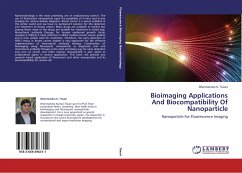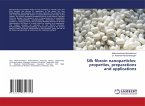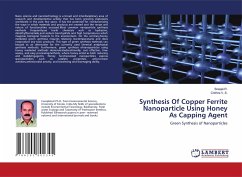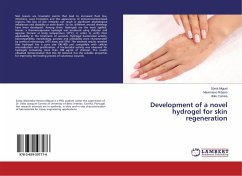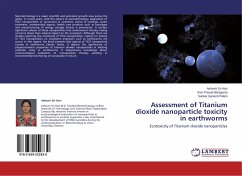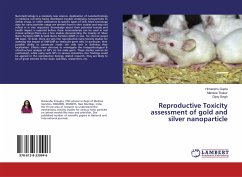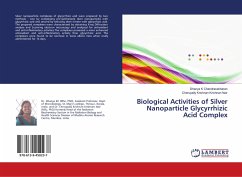Nanotechnology is the most promising are of revolutionary science. The use of fluorescent nanoparticle open the possibility of in-vitro and in-vivo imaging for various disease diagnosis. Breast cancer is a severe problem in the whole world and we have no permanent solution for the detection and treatment of breast cancer. Many drugs are available in market but among them; most of the drugs are suitable for treatment in initial stag. Monoclonal antibody therapy for human epidermal growth factor receptor-2 (HER-2) is most effective in HER-2 positive breast cancer patient and is now widely used for treatment. Therefore, the early detection of HER-2 status in breast cancer patient is very important for the effective implementation of monoclonal antibody therapy. Combination of bioimaging using fluorescent nanoparticle as diagnostic tool and monoclonal antibody therapy is the most promising way for early detection and cure of cancer and other disease. Nanoparticle is also useful as antibacterial agent in several application. This book will provide you research based application of fluorescent and other nanoparticle and its biocompatibility for animal cell.

